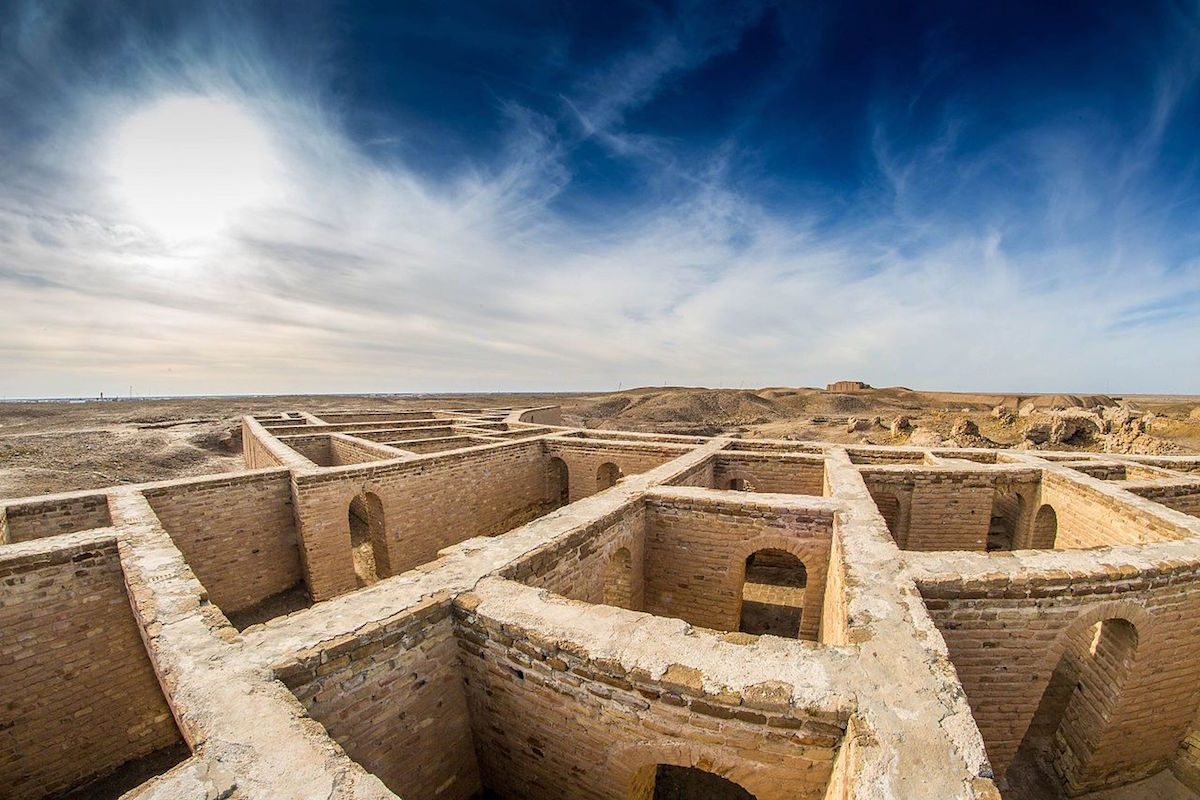How to Get Your Laundry Done in Ancient Mesopotamia
A humorous dialogue between a cleaner and customer, useful to both ancient scribes and modern scholars.

If you had some threads that you wanted to spiff up for a special occasion in ancient Mesopotamia, what would you do? Take them to the cleaners, of course. While the cleaning agents may have been different—beer, clay, an eastern wind, and even urine—the overall process would have been remarkably similar to what happens today.
We know this thanks to an Akkadian cuneiform text from ancient Ur (a Sumerian city-state in present day Iraq), dubbed “At the Cleaners” by scholars, dating back to 1600 B.C. or so. The tablet, held by the British Museum, contains a humorous dialogue between a cleaner and his customer, in which the customer does most of the talking.
The text is a take on the classic, “the customer knows best” trope, says Martha Roth, editor in charge of the Chicago Assyrian Dictionary, except that in this case the client isn’t just making idle demands—he really does know how the task is done. But that doesn’t make him any less of a pest. He gives the cleaner excessively detailed instructions, down to the water that should be used to wash his clothes: “come upstream of the city, in the environs of the city—let me show you a washing-place,” and the wind he should use to dry them, specifically from the east, and the specific types of wood and stones that the cleaner should use to felt and flatten the clothes to restore them to their original fit. The text illustrates that a Mesopotamian cleaner’s tasks went beyond removing dirt, oil, and other detritus of everyday life. He was a full-service shop, charged with repairing clothing and restoring it to its original condition (size, shape, tightness of warp and weft). The process involved a variety of specialized implements, and a great deal of care was taken to ensure the job was done right.

The cleaner is frustrated by the customer’s haranguing and lowball offer for his services (a single measure of barley). “He says, ‘No way! How do you have the nerve to talk like that, nobody could manage it—I’ll show you a washing place and you can do it yourself if you think you know the work so well,’” Roth says.
Why would this comic, mundane episode even have been inscribed on a clay tablet, and what does it tell us about Mesopotamian life?

Roth says that the text was likely used to educate scribes. The text is modeled after dialogues and riddles that would have been classics at that time. The garment the cleaner is tasked with washing is a luxury item, with many features that require special treatment, such as fringes, complex weaving, and embroidered adornments. These details offer the opportunity to bring in a technical vocabulary, as well as grammatical quirks. Like the school exercise in which children have to instruct an alien in how to make a peanut butter and jelly sandwich in excruciating detail, this basic task is used to illustrate a great deal about many aspects of the culture at once—and is entertaining to boot. Educational texts like these actually serve the same purpose for lexicographers such as Roth over 3,000 years later.
Any modern lessons in there for doing actual laundry? Don’t knock an east wind until you try it.



























Follow us on Twitter to get the latest on the world's hidden wonders.
Like us on Facebook to get the latest on the world's hidden wonders.
Follow us on Twitter Like us on Facebook